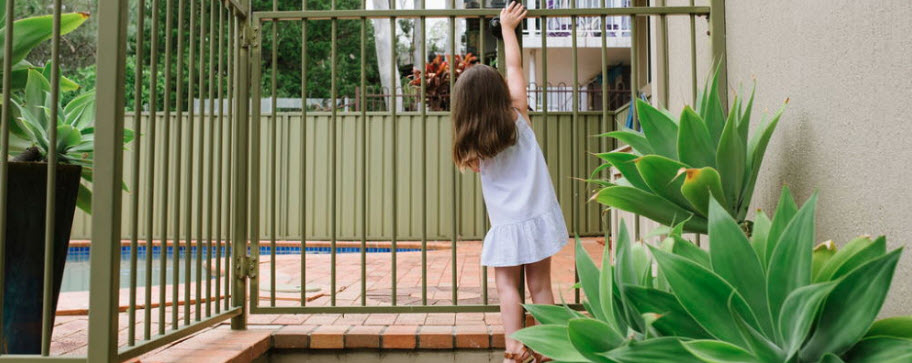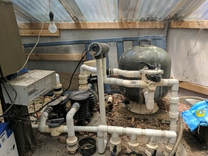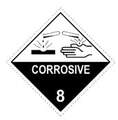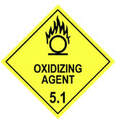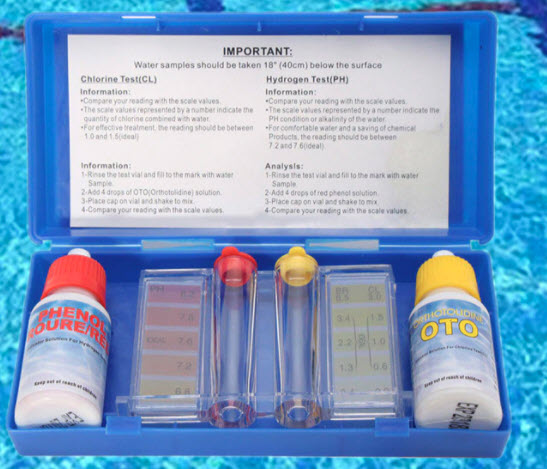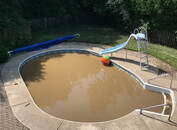Maintenance tips
|
Top 5 commonly asked questions Q1. How long should I run the pool pump? Q2. How often should I test the water balance? Q3. What should the water level be kept at? Q4. How often should I backwash? Q5. How often should I clean the skimmer basket and the pump’s filter basket? |
General answers A1. Generally 4 hours a day in winter and 8 hours a day in summer A2. At least once a week with your pool test kit and bring a sample to our store for testing once a month A3. Half way up the skimmer box is optimum. A4. Once a month for sand filters. It depends on the dust/debris that gets in and the time spent to skim, brush and vacuum. Filter type is also important. A5. Ideally clean the skimmer basket daily and the pump’s filter basket once a week. Keeping the filter baskets free of leaf litter and debris improves the pumps efficiency. |
Talk to us for specific advice about your pool Pump running time depends on the size of the pool water to be circulated and the weather. Water balance is vital to the health of your pool so do keep on top of it. Keep an eye on the water level as the temperature and evaporation increases. Also check after rain. If the pump pressure gauge starts to go up, this tells you that the filter needs cleaning by backwashing. Minimise the frequency of filter basket cleaning by keeping your pool surrounds clear of vegetation and debris. Increase basket checking if it is windy. |
|
Why is correct water balance so important?
|
Water balance tips Bring a water sample to our store for professional testing each month
Use a home test kit weekly for small chemical adjustments. Also check after rain. |
Problems if water is not balanced If water is too acid (pH low), sanitisers (eg chlorine) don't work properly so:
If water is too basic (pH high), scale can build up on and damage equipment (pipes, heaters, liners) Most equipment manufacturer's warranties do not cover damage due to low or high pH |
|
Why is my pool is green? How do I fix it? Green algae is a microscopic plant that grows when pool water:
|
Steps to kill algae
|
Shocking Do's and Don'ts Chemical treatments work best if water pH is ok Always pre-dissolve chlorine shock in buckets of water Optional - Water clarifier can help filter the algae out of cloudy pool Get advice for yellow or black algae - multiple shock treatments and algaecide may be needed Do not use pool robots or automated vacuum cleaners until the pH of the water is acceptable |
|
No time to come in to our NEW pool shop? Online cloud based services enable secure information access anytime and anywhere
Cloud based data storage provides efficiencies. |
Need some help or advice?
|
|
Why do we recommend quality chemicals? Quality chemicals are fit for purpose and comply with quality and safety standards. We stock and recommend:
|
The high cost of cheap chemicals - Example Cheap salt often contains impurities. This can make your pool cloudy or cause staining. Is saving a dollar or so on a bag of cheap salt worth it? To remove the impurities, you will need to filter your pool for an extended period! To remove stains from poor salt, you can use Focus products. |
How often to test water Use a home test kit weekly for small chemical adjustments. Also check after rain. Bring a water sample to our store for professional testing each month. Add chemicals in small amounts to avoid chemical bounce. |
|
How and why to winterise your pool?
Training and support Contact us for advice on techniques or chemical amounts. We would be happy to winterise your pool for you or to demonstrate what to do. |
Steps to winterise
|
What you need and why Use a test kit and add acid to adjust pH to 7.2 to 7.6 and/or add buffer as needed Chlorine shock kills and prevents algae growing Select an algaecide appropriate for your pool Decreasing filtration hours reduces electricity costs Salt increases conductivity and assists chlorinator cell to maintain sanitiser levels It is important to move water through the solar heating pipes daily to prevent algae A pool cover helps keep debris out of the pool and prevents water loss. It can also trap chemicals so regular chemical checks are needed. |
|
Maytronics Dolphin maintenance tips Tips when using your robot Only use the robot when the pool water parameters are correct (pH 7 to 7.8, salt < 5000ppm, chlorine < 4ppm, 6 to 34 degrees C ) When the robot is lowered into the pool, check that:
When working, keep the power supply in the shade and at least 3m from the pool's edge. Never use an electric extension cord. |
Tips when putting your robot away Wash the filters and reinsert the clean filters into the cartridges while the filters are still wet. Do not let the filters dry out while dirty. Rinse the cleaning brushes with clean running water after each use. Every 6 to 12 months, remove the cleaning brushes and wash them thoroughly. Check that the impeller is free of debris or leaf litter. |
Tips for extending the life of your robotic cleaner Never lift the robot from the pool by its cable – lift it using the handles. After each cleaning cycle, take the robot out of the pool to minimise wear on the plastic parts. When not in use, store the robot on its Caddy: out of direct sun, excessive heat and frost. Use an outdoor chair cover to protect the robot and power supply from dust and the elements. Reset the full filter bag indicator on power supply to show correct status. Empty and clean cartridges. Put robot in the pool. Press Reset button while the robot is going. |
|
Cost saving tips for your pool Spending 10 to 15 minutes a week caring for your pool can pay off Purchases to consider: Getting and running a variable speed pump at lower speed when appropriate reduces energy costs Using a quality pool cleaning robot can save you time and expense |
Steps to minimise costs
|
Benefits If baskets are clogged with leaves, the pump has to work harder and is less efficient Skimming leaves from the surface prevents debris sinking to the bottom where it is harder to remove Water testing often and using small doses minimizes chemical bounce and the chemicals needed. Quality chemicals are fit for purpose and comply with quality and safety standards |
Pool and spa safety
|
Registration and Inspection Requirements
|
Storing chemicals safely
|
Adding chemicals safely
|
|
Chemicals can be very dangerous if not used or stored properly
Incorrect use can cause fires, explosions or serious injuries Carefully follow the manufacturer's labels and instructions If uncertain, contact us or the manufacturer for advice. Safe storage
Keep chemicals locked away and out of reach of children Store chemicals in a clean, cool, dry, well-ventilated area Never allow pool chemicals to mix with:
Don't stack different chemicals on top of one another Don’t combine chemicals from new and old containers Keep liquid chemicals away from dry chemicals Store liquid chemical containers in a plastic crate to contain spills or leaks Keep the original lids on all chemical containers Ensure the lids are closed tightly when chemicals are put away Do not store chemicals near a heat source such as the pool heater |
Safe Handling
Add chemicals to water. Never add water to chemicals Add each chemical to the pool separately Always add chemicals directly into the pool water, either spread across the pool surface, or diluted then poured into the pool or via a dispenser Always have your pump on when adding chemicals Allow time for one chemical to disperse before adding another chemical Filter the water after adding a chemical - follow manufactures instructions Use a clean and dry scoop for each chemical Don’t use metallic utensils - use glass, plastic, or porcelain utensils Use plastic buckets Never add chemicals while swimmers are in the pool Wash and dry your hands before and after handling chemicals Do not smoke cigarettes when handling chemicals Do not inhale chemical dust or fumes Wear eye protection and gloves Wash off any chemicals that get on your skin or clothes immediately If a chemical gets into an eye:
Only buy quantities you can use within the use-by dates If disposing of chemicals, never combine incompatible chemicals in a bin Follow manufactures instructions to dispose of empty containers. |
|
Dogs in the pool – not recommended Problems for pools Dogs can bring dirt, body oils and faecal matter (stuck to fur) into pools affecting pH and creating a significant sanitiser demand Many dogs shed hair which can end up in the skimmer and pump baskets, and in media filters increasing servicing and maintenance costs An average sized dog is equivalent to 3+ humans in the pool and introduce germs such as E.coli, Giardia, Hepatitis A and Crytosporidium Home pools only turn over the full volume of water about every 24 hours and germs can multiply rapidly in warm water in summer |
Problems for dogs, owners and kids Many pets drown each year in backyard pools. Most drownings are pups or dogs not trained in how to exit a pool or old /weak dogs that have unsupervised access to the pool. Water born pathogens are quite contagious. Kids do swallow pool water or if scratched by a dog’s sharp nails can get an infection. Dogs, like humans, can get skin irritations, dry skin, itching, red eyes and ear infections from pool water If your dog drinks too much pool water it can make them ill |
If you must let Fido swim… Brush the dog to minimise hair loss in the pool Wash the dog before and after it goes into the pool Dry the the dog’s ears and consider use of ear wash and a coat conditioner Supervise and train the dog – don’t allow free access to the pool and ensure it knows how to exit the pool at the steps Clean dog hair from the skimmer basket, pump basket and check the pump pressure For heavy use/multiple dogs and children, and in hot weather, the pool may require chlorine shocking, backwashing and extra filtration time |
|
10 Common Pool Maintenance Mistakes 1. Not checking pool chemistry often enough Check weekly. Check after heavy rain. Minor adjustments prevent bigger issues. 2. Allowing pH (acidity) to get above 8.0 Above 8.5 chlorine is only 10% active. Maintaining pH at 7.5 is optimum. 3. Not keeping alkalinity between 80-140PPM Low or high alkalinity decreases sanitiser effectiveness. 4. Not keeping calcium levels in the correct range for your pool type Check often in the swim season as evaporation and splash out decrease hardness levels. Calcium imbalance can cause scaling or corrosion. 5. Not running the pump for long enough Good water circulation through the filter is key to low maintenance. 6. Leaving too much debris in the skimmer basket or pool pump lint filter Debris in the baskets decreases water circulation. 7. Not vacuuming and brushing walls often enough Dirty floors and walls encourage algae growth which can lead to calcification on tiles. Using a brush on walls and floors and vacuuming will save money on chemicals. 8. Allowing salt water chlorinator cells to become calcified Calcified cells produce little chlorine. 9. Not checking water levels frequently in summer High evaporation rates can drop the water level below the skimmer. Inadequate water flow can damage the pump. 10. Adding contaminants to the pool Not showering before use can add body oils and contaminants. Pets add much more contaminants than humans. After heavy pool use or heavy rain, consider adding a clarifier and chlorine. |
Heavy rain and blustery winds
|
Minimise rain and wind impacts
|
Clean up
NOTE: If flood water has entered the pool, NEVER fully empty the pool without consulting a professional. The pool shell could 'float' out of the ground on the high ground water level.
|
Rebalance chemicals
|
Our staff are happy to help you with water testing, recommending the steps to follow and chemical amounts to use. Or we can do a one off special clean for you.

